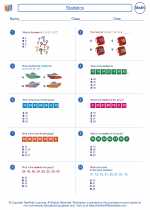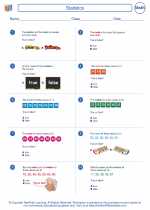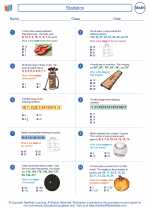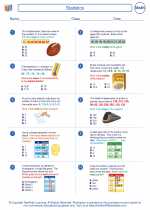Identify the Strata
In the context of mathematics and statistics, identifying the strata refers to the process of categorizing a population into different subgroups or strata based on certain characteristics or attributes. This process is crucial in sampling and data analysis, as it helps in ensuring a representative and comprehensive understanding of the entire population.
Why is Identifying Strata Important?
Identifying strata is important because it allows for more accurate and efficient sampling and data analysis. By dividing the population into distinct strata, researchers can ensure that each subgroup is represented in the study, leading to more reliable results and conclusions. It also helps in identifying and analyzing patterns and trends within specific subgroups of the population.
Steps to Identify the Strata
Identifying the strata involves the following key steps:
- Define the Characteristics: Determine the relevant characteristics or attributes that will be used to categorize the population into strata. These characteristics could include age, gender, income level, geographic location, etc.
- Partition the Population: Partition the population into non-overlapping subgroups based on the identified characteristics. Each individual in the population should belong to only one stratum.
- Ensure Homogeneity within Strata: Ensure that the individuals within each stratum share similar characteristics or attributes. This helps in maintaining the homogeneity of the strata and allows for meaningful analysis within each subgroup.
- Consider Proportional Allocation: In some cases, proportional allocation may be used to ensure that the sample size within each stratum is representative of its proportion in the overall population.
Study Guide for Identifying Strata
To effectively identify the strata, it's important to understand the following concepts:
- Population Characteristics: Familiarize yourself with the different characteristics or attributes that can be used to categorize a population into strata. Practice identifying relevant characteristics in various population scenarios.
- Non-overlapping Subgroups: Understand the concept of creating non-overlapping subgroups within a population and the importance of ensuring that each individual belongs to only one stratum.
- Homogeneity and Representativeness: Learn how to ensure homogeneity within each stratum and the significance of proportional allocation in sampling.
- Real-world Examples: Explore real-world examples and case studies where identifying strata has played a crucial role in accurate sampling and analysis. Understand the impact of strata identification on the reliability of research findings.
By mastering the process of identifying strata, you will develop a strong foundation in sampling and data analysis, enabling you to make informed decisions and draw meaningful conclusions from statistical studies.
[Identify The Strata] Related Worksheets and Study Guides:
.◂Math Worksheets and Study Guides Sixth Grade. Statistics

 Worksheet/Answer key
Worksheet/Answer key
 Worksheet/Answer key
Worksheet/Answer key
 Worksheet/Answer key
Worksheet/Answer key
 Worksheet/Answer key
Worksheet/Answer key
 Worksheet/Answer key
Worksheet/Answer key
 Worksheet/Answer key
Worksheet/Answer key
